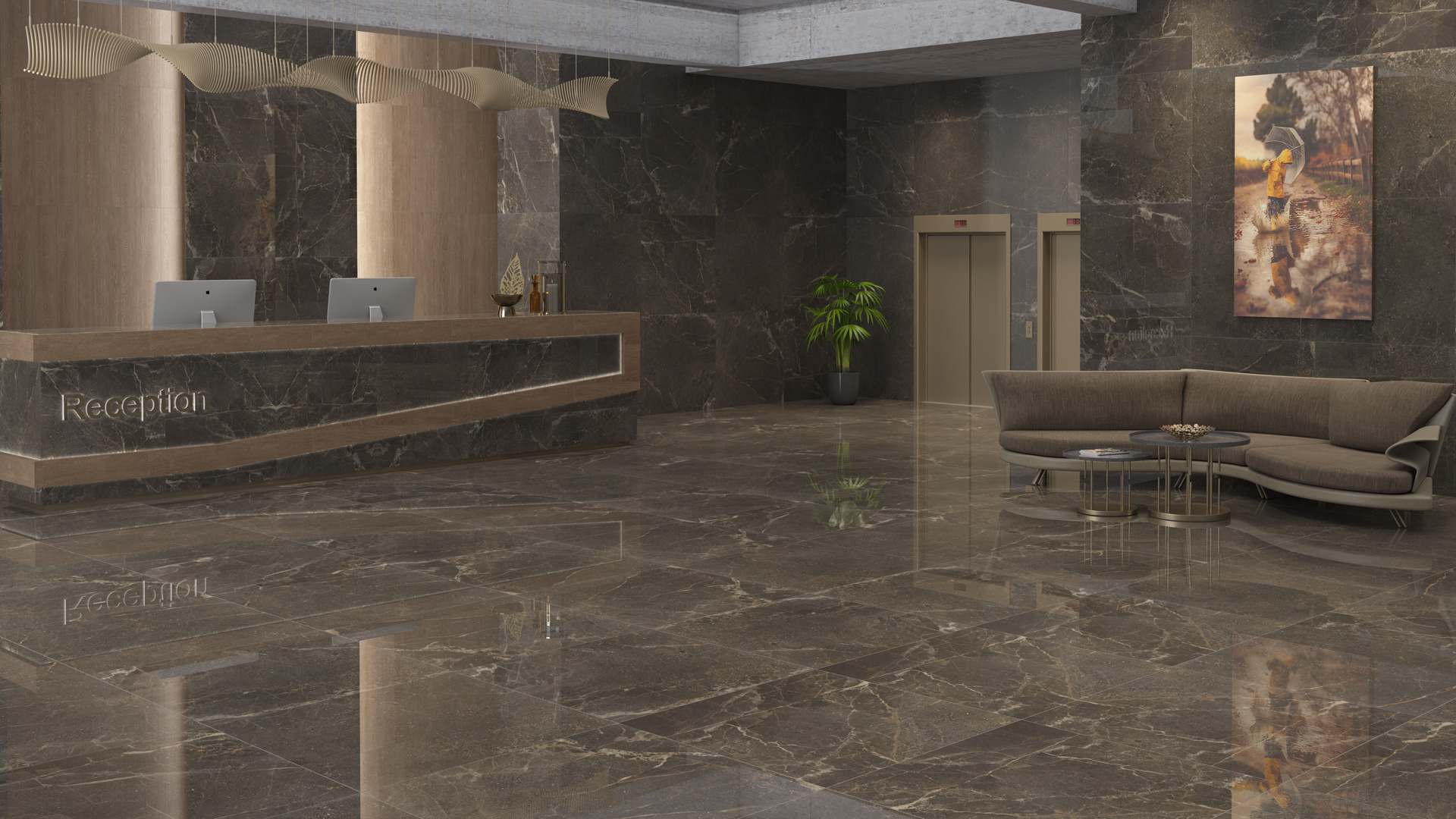Energy plays an important role in various economic sectors as a productive input along with labor and capital and is considered one of the main pillars of economic growth and development of the country. Given the significant share of the country’s total energy consumption in the industrial sector and the low efficiency of energy use in industry compared to the global average, the need to address this issue. Energy management analysis in industry is one of the important topics in economic research. Due to the very rapid growth of the country’s ceramic tile industry in the last decade and the energy-intensive industry, the importance of energy management in this industry is doubled.
The results indicate that there is a great potential for reducing energy consumption in the Iranian ceramic tile industry, which is possible by establishing an energy management system and using solutions and equipment in accordance with modern technologies in factories and a significant share of Reduce energy costs and increase companies’ competitiveness in global markets.
Iran is one of the countries with very high energy intensity. In 2014, the world primary energy supply intensity index based on GDP in terms of exchange rate and purchasing power parity in Iran is more than 2.7 and 1.4 times the global average. Energy efficiency index, such as labor and capital productivity, measures the output of goods and services compared to inputs.
One of the significant events in the field of energy in the last few decades has been a significant reduction in energy intensity in developed countries, which can be attributed to the existence of manufacturing industries with technology and efficiency that make the most optimal use of factors of production, including energy. While developing countries have a lower share of renewable energy with lower energy efficiency and the orientation of industrial production towards products with lower technology and higher energy consumption.
Meanwhile, the level of activity and technology are the most important factors affecting the energy intensity of manufacturing industries, so that by increasing the level of economic activity, energy consumption increases, while improving technology at the same level of activity reduces energy consumption and therefore reduces energy intensity.
Time and energy in any industry are among the things that can be said to be the most wasted among all inputs. Energy feeds a large part of technologies and machines in various production activities, and without energy, a large part of capital can not be set up and used.
Energy consumption optimization solutions
The following are the solutions that have been studied in recent researches in order to reduce energy consumption and acceptable results have been achieved in reducing energy:
– The use of regenerative burners for high operating temperatures saves fuel consumption by combustion air preheating and increases combustion efficiency.
– Using the improved burners for high temperature, the heat is wasted and the exhaust gas is collected from the body of the burner nozzle and the heat output from the burner nozzle is increased.
– The Usage of modified recuperate burners for medium and high temperatures through the mechanism of reducing the required energy by pre-heating the air entering the system increases the combustion efficiency.
– In hot pipe systems, these types of pipes have high heat transfer efficiency and have minimal heat loss during long distances during transfer and their maintenance is possible at low cost. Compared to other heat exchanges, they have a lower operating cost.
Thermometric generators generate electricity directly from wasted heat and do not need to convert thermal energy into mechanical and then mechanical to electrical.
– Thermometric generator equipment is used to recover heat lost at high temperatures and generates electricity through a temperature difference between two interfaces without the use of mechanical actuators.
– Thermostatically generator equipment converts radiant energy directly into electricity and has a higher efficiency compared to other direct electrical conversion equipment.
– Heat pumps transfer heat from its source to the place needed for use (with low energy consumption) with minimal drop.
– The automatic control system of the vertical dryer gas inlet, as a function of the humidity inside the dryer, had no effect on the moisture quality of the tiles coming out of the dryer and reducing the volume of the dryer gas to 45% reduces only 9.9% of thermal energy absorbed by the tile.
– Heat-based heat recovery system increases the amount of heat recovery at the furnace exhaust outlet and reduces energy consumption in the dryer.






